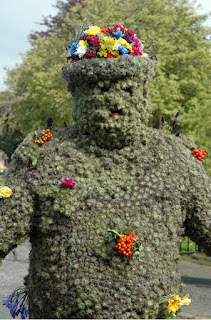ANYWAY. I'd seen a mysterious confection in a Japanese supermarket which looked a bit like Caramac. But the katakana read 'burondo miruku chokoreto'. I had to check it a few times, but yep 'blond milk chocolate'. I was curious, so I bought it, and then later an actual bar of 'blond milk chocolate'! None of my Japanese friends seemed particularly familiar with Blond Milk, so perhaps it's a new or fancy variation? Both these items seem to be made by the same manufacturer.
The Verdict
It's not like Caramac (nowhere near as oversweet) but I'm not convinced by blond milk chocolate! It's not chocolatey at all, but is like a very mild version of white 'chocolate'. It's sweet, and a bit milky. I can't really say much more! The initial biscuit confectionery was nice enough, though.
Unfortunately the bar with almonds (which I bought in Singapore) was a 'tropical chocolate' recipe, meaning it had a waxy, non-melty texture as well. Yuck! (Though the almonds were crunchy) :/
But anyway, if you see it and want to try it, aim for the biscuit option!
Caramac was/is a caramel flavoured 'chocolate' bar, developed in the UK sometime in the mid 20th century. My grandparents and parents used to love it! To me, it's excessively sweet and chemical-tasting - enough to give you mouth ulcers! - but I think it's a kind of 'love it or hate it' product (of which we have several in the UK!) Needless to say it's not got any real chocolate flavour - or probably content - and is more similar to white 'chocolate' (but sweeter!) It does, however, look very similar to Blond Milk chocolate.
Further reading from this blog:






